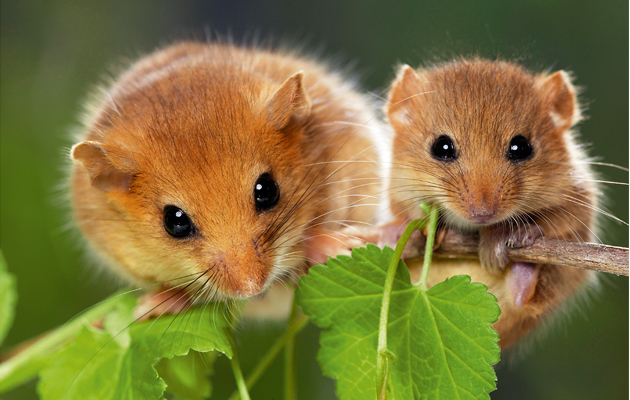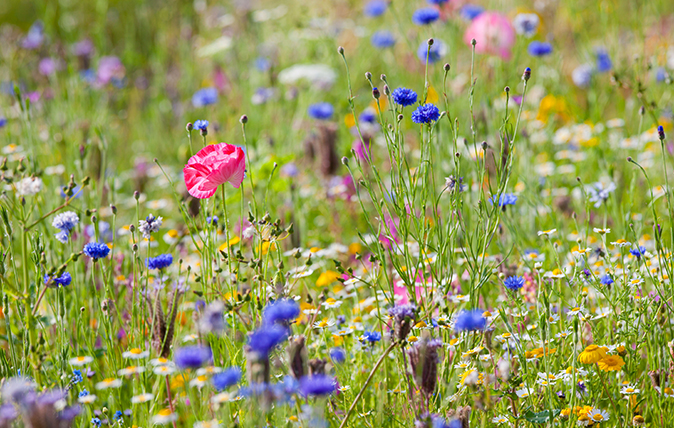11 fascinating facts about the hazel dormouse
With this shy litle creature being reintroduced into woodland areas in an attempt to halt its extinction, we reveal 11 fascinating facts about the hazel dormouse.


Its big coal-coloured eyes are beguiling, its furry chestnut overcoat bestows ‘cute’ status and its fluffy long tail is unique among small British mammals. If you’re lucky enough to spot a hazel dormouse, you won’t forget it—it will probably freeze on being disturbed, giving you a great view—but you’re equally unlikely to see one due to this endearing animal being introverted and nocturnal, as well as staring into the abyss of extinction.
With this shy litle creature being reintroduced into woodland areas in an attempt to halt its extinction, we reveal 11 fascinating facts about the hazel dormouse.
- The hazel dormouse is an ancient, native species; it has been present in Britain since at least the last Ice Age, more than 10,000 years ago
- They were so prolific in Victorian times that school children would trade them in the playground.
- Beatrix Potter kept a hazel dormouse(Xarifa) as a pet.
- The sleepy dormouse in Alice’s Adventures in Wonderland may have been of the non-native edible variety.
- The hazel dormouse lacks a caecum,which means that it can’t digest complex plant material.
- Its tail is 80% of its body length and, uniquely, it boasts double-jointed hind ankles. Its whiskers are long and moveable.
- It takes a dormouse 20 minutes to open a hazelnut.
- You can be fined up to £5,000 and go to prison for up to six months for disturbing, injuring or killing a hazel dormouse or damaging or destroying its habitat.
- The hazel dormouse's love of hazelnuts inspired its name. In fact it's latin name avellanarius means 'hazel'.
- 40-50% of hazel dormice die in hibernation.
- A female dormouse will produce one litter per year–or, at most, two– with an average of 4–5 offspring each time.

A simple guide to the wildflowers of Britain
At long last Spring seems to be here — and with it, the natural flora that give so much pleasure.
Sign up for the Country Life Newsletter
Exquisite houses, the beauty of Nature, and how to get the most from your life, straight to your inbox.
Country Life is unlike any other magazine: the only glossy weekly on the newsstand and the only magazine that has been guest-edited by HRH The King not once, but twice. It is a celebration of modern rural life and all its diverse joys and pleasures — that was first published in Queen Victoria's Diamond Jubilee year. Our eclectic mixture of witty and informative content — from the most up-to-date property news and commentary and a coveted glimpse inside some of the UK's best houses and gardens, to gardening, the arts and interior design, written by experts in their field — still cannot be found in print or online, anywhere else.
-
 From Vinted to Velázquez: The younger generations' appetite for antiques and Old Masters
From Vinted to Velázquez: The younger generations' appetite for antiques and Old MastersThe younger generations’ appetite for everything vintage bodes well for the future, says Huon Mallalieu, at a time when an extraordinary Old Masters collection is about to go under the hammer.
By Huon Mallalieu
-
 In all its glory: One of Britain’s most striking moth species could be making a comeback
In all its glory: One of Britain’s most striking moth species could be making a comebackThe Kentish glory moth has been absent from England and Wales for around 50 years.
By Jack Watkins